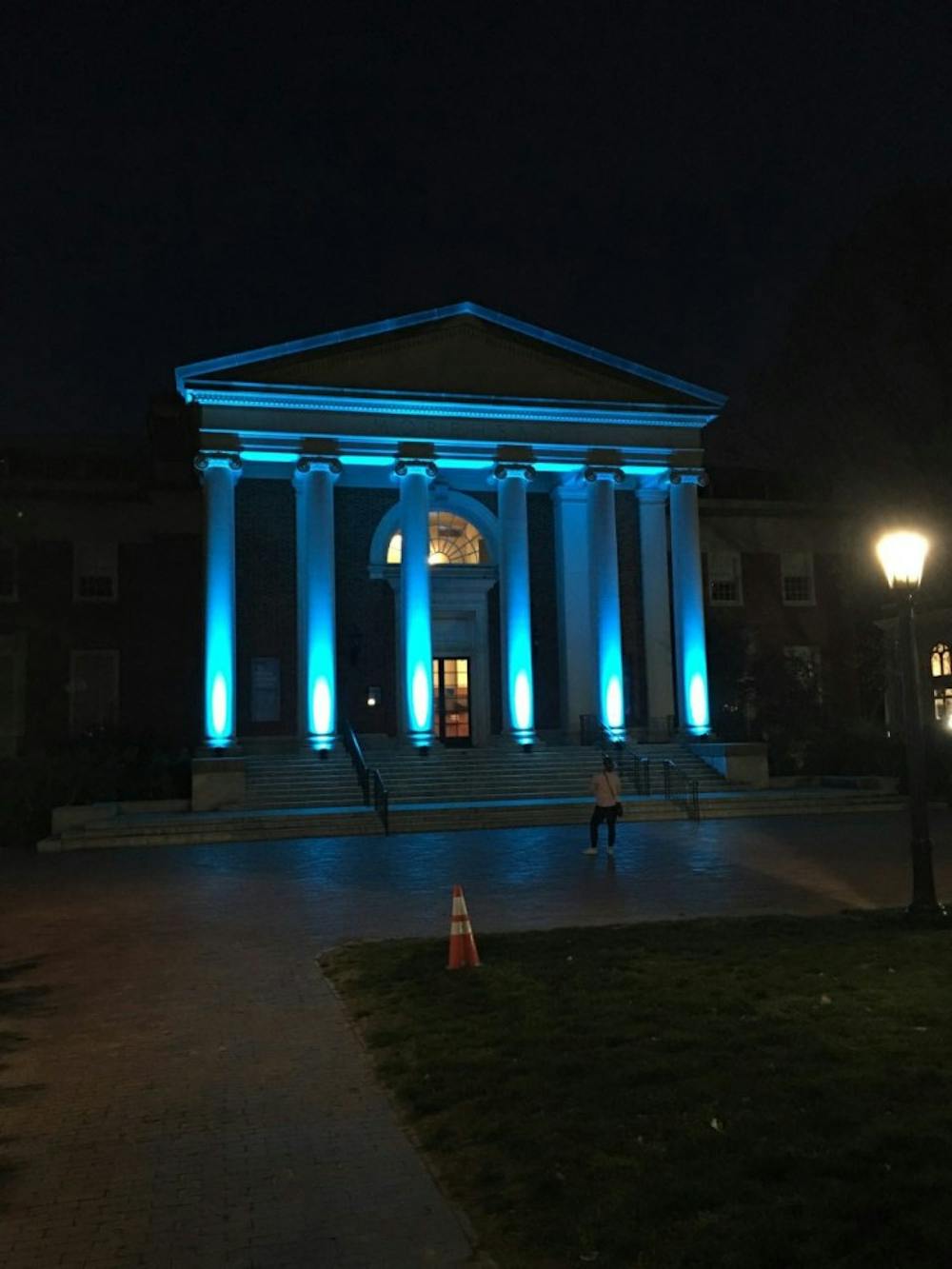Correction: An earlier version of this story reported that the UNC Autism Research Center was ranked 2nd in the world in peer-reviewed autism research. As of April 8, it is 4th. The Daily Tar Heel apologizes for the error.
The UNC Autism Research Center launched a $10 million campaign earlier this month to raise awareness of and rally support for the center.
The campaign, #LightUNCBlue, kicked off on World Autism Awareness Day on April 2, and will continue throughout the month of April. April is National Autism Awareness Month, and was created in 1970 to push for widespread understanding and acceptance of individuals with autism spectrum disorder.
"There are actually quite a few students with autism who are going to school at UNC, living in the dorms," said Allison Zoller, the project manager at the center. "Hopefully by raising more awareness of their presence and raising more awareness of what the center plans to do to support individuals with autism and help identify autism earlier, the more the autism community will benefit from it."
UNC is currently ranked 4th in the world in peer-reviewed research on autism. Presently, peer-reviewed autism research has been conducted in five schools, across 32 departments at UNC. Following the direction of academia and other healthcare interests alike, UNC hopes to pursue more interdisciplinary research on ASD.
The UNC Autism Research Center, housed within the Carolina Institute for Developmental Disabilities at the UNC School of Medicine, will serve as a central point of organization for collaborative research between the various departments. Funding raised during the current campaign will be used to support interdisciplinary research.
The general trend of research in the field is moving toward developing more accessible, personalized plans of care for individuals diagnosed with ASD. Since the initial surge in ASD diagnoses, treatment plans have followed a set pattern, with positive outcomes varying between individuals. Additional areas of research include identifying genetic factors that predispose individuals to ASD.
“To some degree there’s a lot of crossing of fingers and hoping for the best, and some children respond very well to those interventions and as they get older they need less and less support, while other children have little to no positive response to those treatments,” Zoller said. “I don’t think, at this point, we know enough about what differentiates the children who respond very positively from the children who have little or no positive outcomes from that treatment.”
Support for individuals with ASD is notoriously inconsistent once an individual exits the public school system, Zoller said. Even institutions of higher education face program deficits when providing services that ease the transition for students with ASD.



